Rwanda has taken a major step toward digital transformation in education with the completion of the first phase of its Smart Education Project and the official launch of the DigiTruck initiative, a mobile digital classroom designed to reach underserved communities across the country. The launch, held on October 3, 2025, at Kagarama Secondary School in Kicukiro District, reflects the government’s commitment to integrating technology into learning and enhancing digital literacy nationwide.
This landmark event, coordinated by the Ministry of Education (MINEDUC), the Ministry of ICT and Innovation, and Huawei Technologies, showcased Rwanda’s rapid progress in providing high-speed internet access to schools, building data centers, and piloting virtual learning platforms to ensure equal opportunities for students in urban and rural areas alike.
Smart Education Project: Laying the Digital Foundation
The Smart Education Project was launched to modernize Rwanda’s education system by harnessing the power of digital technology. During the first phase, 1,500 schools were connected to high-speed internet, enabling access to online learning resources and facilitating interactive virtual lessons. In addition, two state-of-the-art data centers were constructed to support a dedicated national education network, which allows schools to manage data efficiently, monitor educational performance, and collaborate virtually.
The project’s initial phase also included a series of virtual classroom demonstrations held simultaneously across multiple regions, including College St. André in Nyarugenge, Gihundwe in the Western Province, Muhe Secondary School in the Northern Province, G.S. Rwimiyaga in the Eastern Province, and G.S. Marie Merci Kibeho in the Southern Province. The tests highlighted that internet connectivity was stable and capable of supporting multiple virtual classes, proving that digital learning can be scalable across Rwanda.
Second Phase: Extending Digital Access
Building on the successes of the first phase, the second phase of the project aims to connect an additional 2,500 schools and establish 100 smart classrooms nationwide. A central national education cloud platform will also be set up, enabling teachers to share resources, conduct virtual lessons, and collaborate on curriculum development.
Bella Rwigamba, Chief Digital Officer at the Ministry of Education, reassured stakeholders that fears about digital tools replacing teachers are unfounded. Instead, she emphasized that the initiative is designed to enhance teaching capacity, promote peer learning, and enable continuing professional development (CPD) for educators.
“Teachers and students will be learning from one another virtually, raising the overall level of education as everyone progresses together,” she said.
The DigiTruck: Bringing Learning to Every District
Alongside the Smart Education Project, Rwanda launched the DigiTruck initiative—a solar-powered mobile classroom equipped with laptops, internet access, and digital learning devices. The DigiTruck is designed to reach all 30 districts, offering free, tailored digital skills training to communities that have limited access to formal educational facilities, including out-of-school youth, girls, and farmers.
Huawei Technologies’ Managing Director in Rwanda, Jin Jinqing, highlighted the transformative impact of digital inclusion.
“This initiative provides nearly 1.5 million students, from Kigali to remote areas, with access to quality education. A student in a rural village can now learn advanced science or technology concepts, just like peers in the capital,” he said.
According to Jin, the true value of the project lies not only in the numbers but in bridging educational gaps, giving every student a chance to explore global knowledge and dream bigger.
Aligning with Rwanda’s National Strategy
Minister of Education Joseph Nsengimana noted that the initiative complements Rwanda’s National Strategy for Transformation II (NST2), which emphasizes digital literacy and skills development for one million citizens over the coming years.
“More than 5,000 people will directly benefit from this innovative approach in the next three years. These initiatives will strengthen digital equity, foster international cooperation, and advance sustainable national development,” Nsengimana said during the launch.
The Minister further highlighted that the project ensures no Rwandan is left behind in the digital transformation journey. Investments in digital education, he said, empower youth and communities to thrive in the modern economy.
Student Perspective: Preparing for a Global Stage
Students participating in the virtual classroom demonstrations expressed excitement about the opportunities the program offers. Shadrach Tumusime, a senior six science student, commented:
“This technology allows us to reach an international level. It is essential not only for school learning but also for preparing us for the job market. Access to digital tools makes us competitive globally.”
Many students emphasized that being able to interact virtually with peers and access learning resources anywhere fosters innovation, creativity, and self-confidence.
The Role of Technology in Education
The Smart Education Project reflects a growing understanding in Rwanda and beyond that technology can enhance education, rather than replace educators. With internet-connected classrooms, data-driven management systems, and mobile learning units like the DigiTruck, the country is creating inclusive, resilient, and future-ready education networks.
Officials demonstrated virtual lessons across schools and confirmed that the platforms function seamlessly, even in remote districts. These developments highlight how technology can equalize learning opportunities, ensuring that students across Rwanda—regardless of location—have access to high-quality teaching and resources.
International Cooperation and Investment
The Smart Education Project is implemented in partnership with Huawei Technologies and funded through a concessional loan facilitated by the China International Development Cooperation Agency (CIDCA). The collaboration underscores the importance of international partnerships in bridging resource gaps and enhancing capacity-building for Rwanda’s education system.
Chinese Ambassador to Rwanda, Gao Wenqi, emphasized the value of collaboration in achieving Rwanda’s educational goals:
“This project exemplifies how international cooperation can directly impact communities. Together, we can provide students across Rwanda with the tools they need to succeed in the 21st century.”
Local Government Engagement
Local leaders have welcomed the initiative as a game-changer for rural education. Kicukiro District Mayor Mutsinzi Antoine said the project ensures that all communities have access to modern educational infrastructure, helping reduce disparities between urban and rural areas.
The DigiTruck, he noted, will serve as a mobile resource hub, offering workshops, digital literacy training, and access to learning tools that are otherwise unavailable in remote locations.
Long-term Impact and Vision
The project aligns with Rwanda’s broader vision of becoming a knowledge-based economy. By providing equitable access to digital learning, the government is equipping students with critical 21st-century skills, including coding, data literacy, problem-solving, and critical thinking.
Experts suggest that such programs will increase teacher capacity, reduce educational inequalities, and support Rwanda’s national and regional ambitions in technology, innovation, and human capital development.
The combination of connected schools, digital classrooms, and mobile learning units like the DigiTruck positions Rwanda as a regional leader in educational technology adoption, setting a model for other African countries pursuing digital inclusion.
Conclusion
Rwanda’s Smart Education Project and DigiTruck initiative demonstrate a bold and comprehensive approach to integrating technology in education. By connecting thousands of schools, training teachers in digital tools, and bringing learning to every district, the country is investing in its future generations.
As Minister Joseph Nsengimana highlighted:
“Let us continue to invest in innovative and inclusive solutions that empower our youth and communities with the knowledge and skills they need to thrive in the 21st century.”
With the second phase set to reach 2,500 more schools, Rwanda’s digital transformation in education promises a brighter, more inclusive, and future-ready learning environment for all students, bridging gaps and creating opportunities for innovation, growth, and global competitiveness.
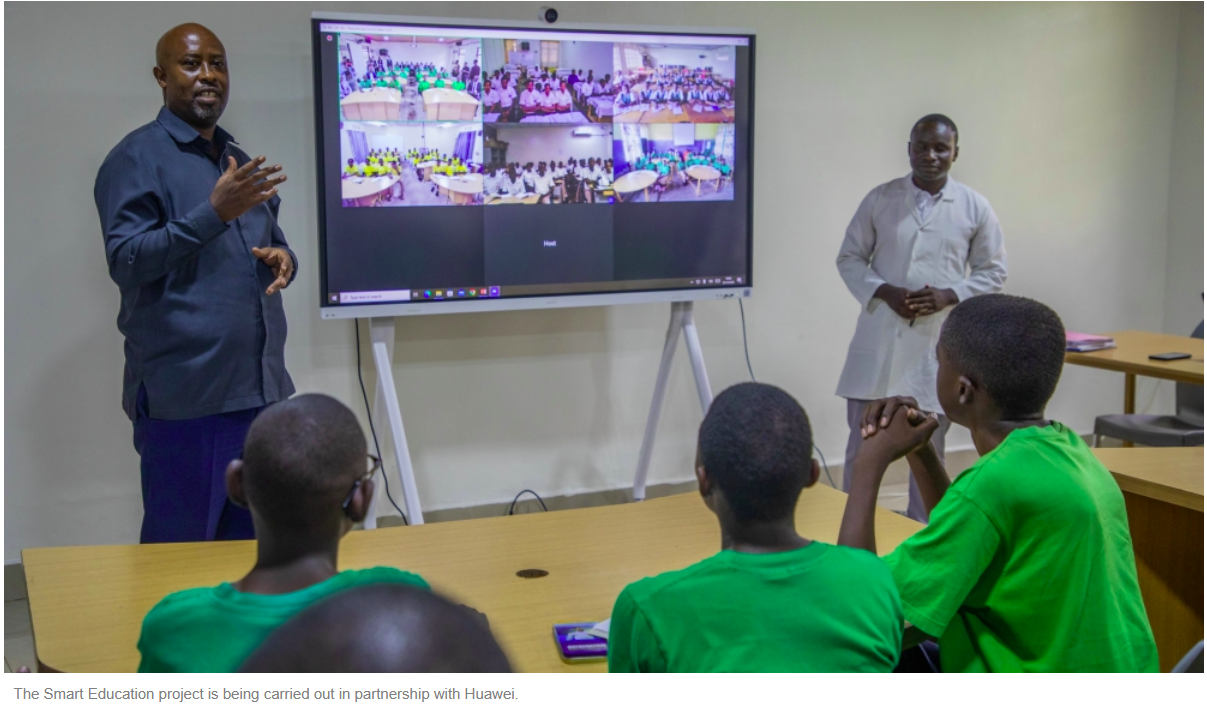
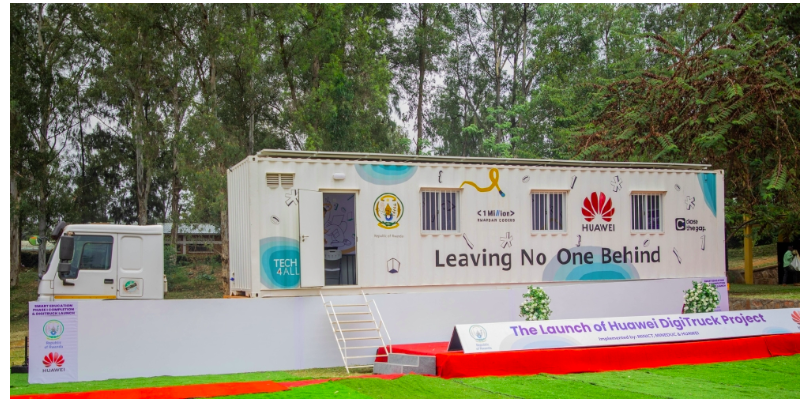
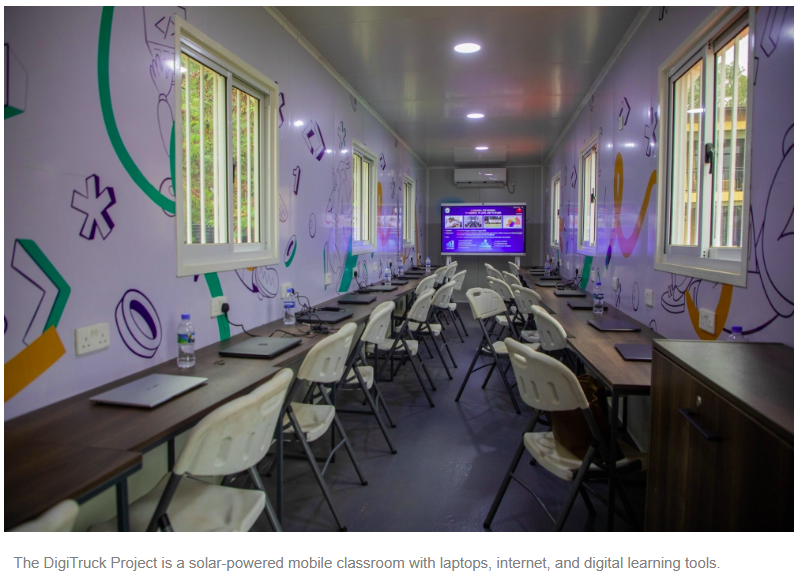
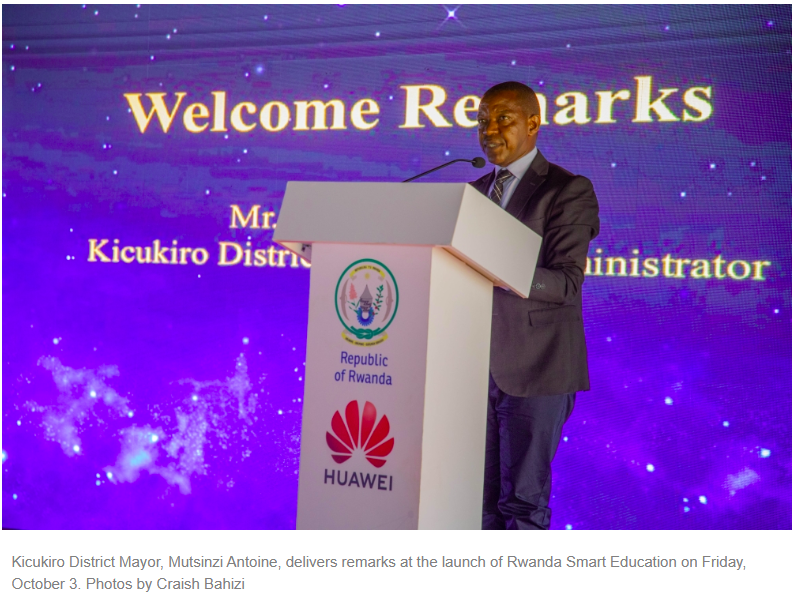

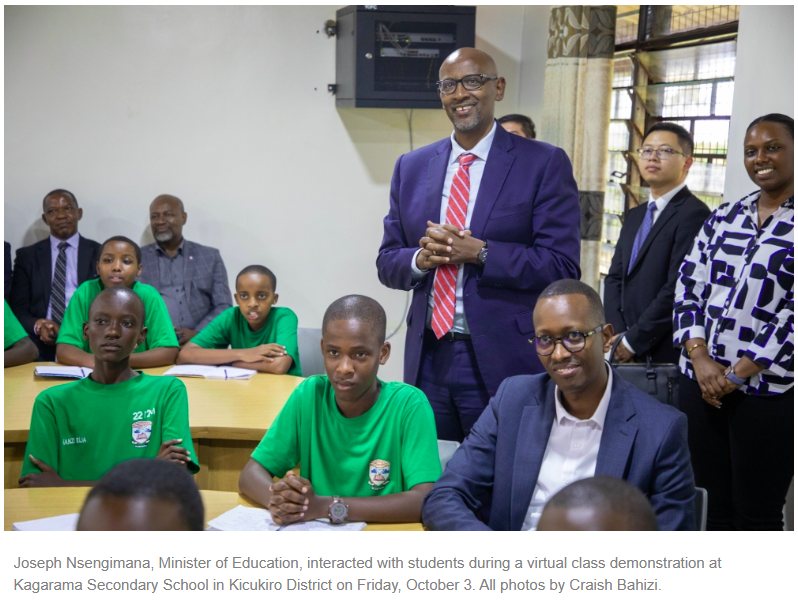
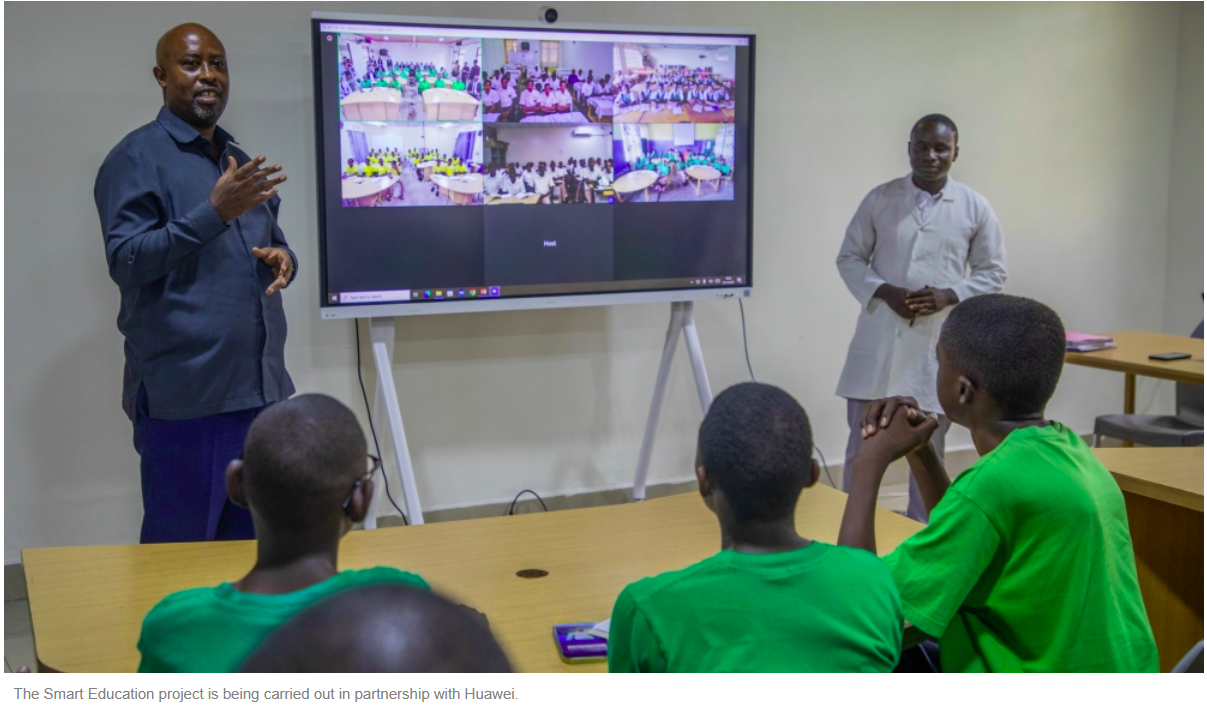
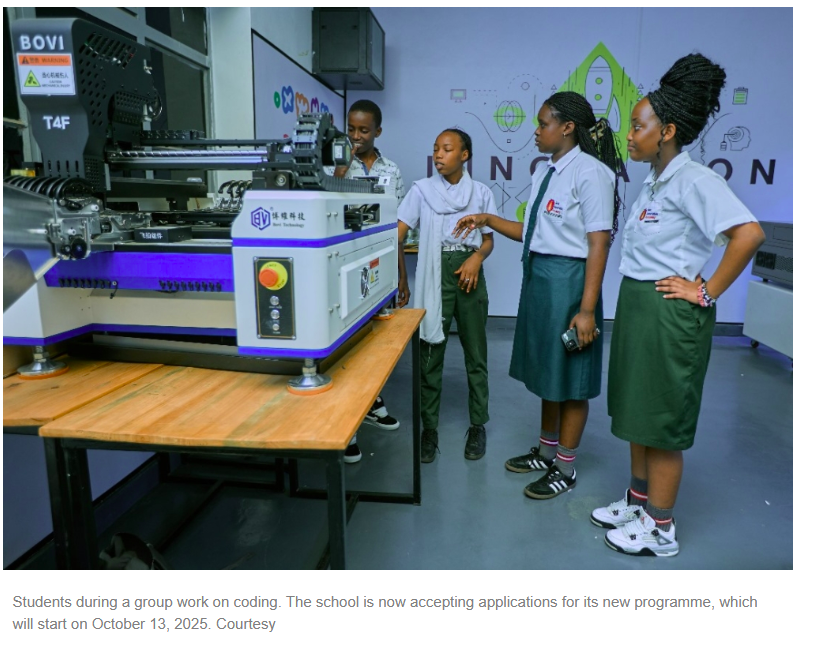
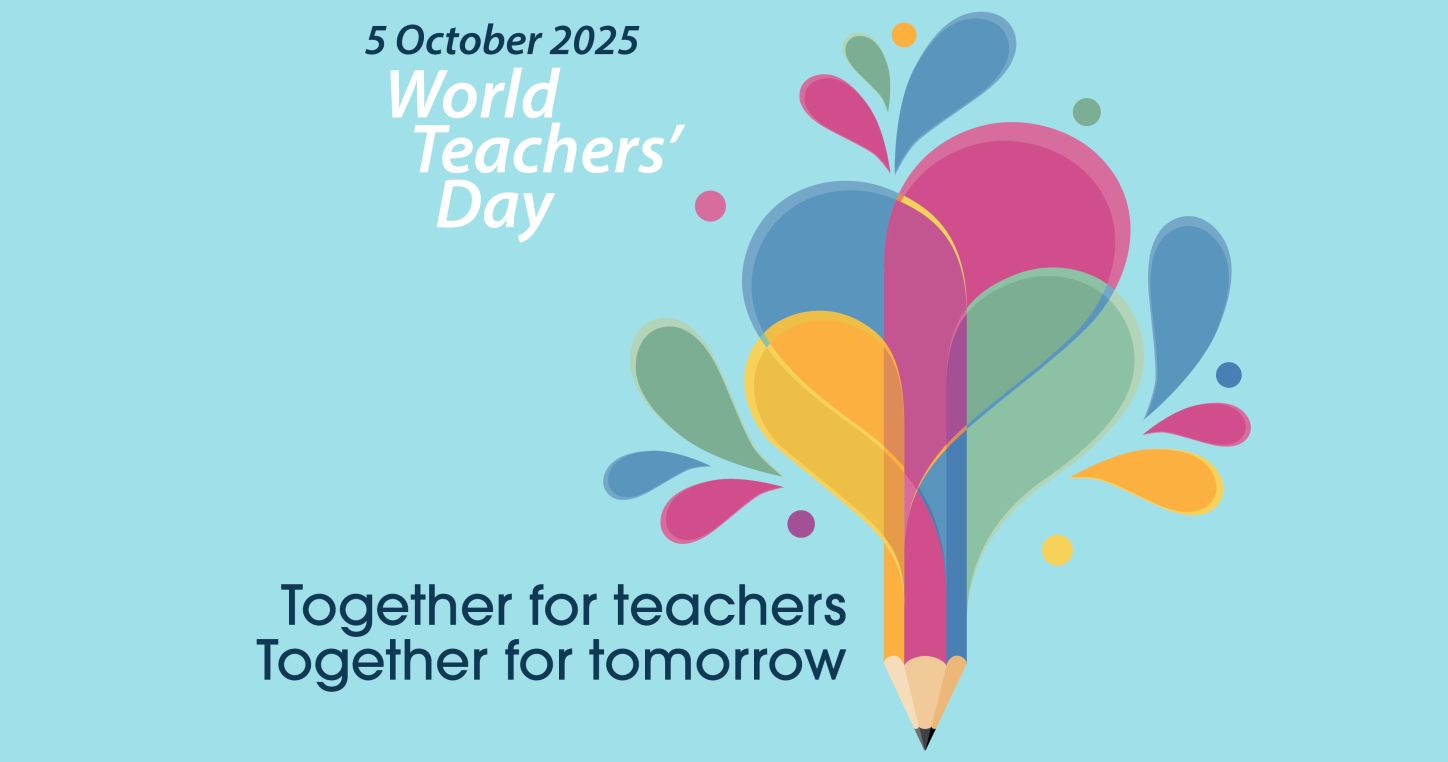
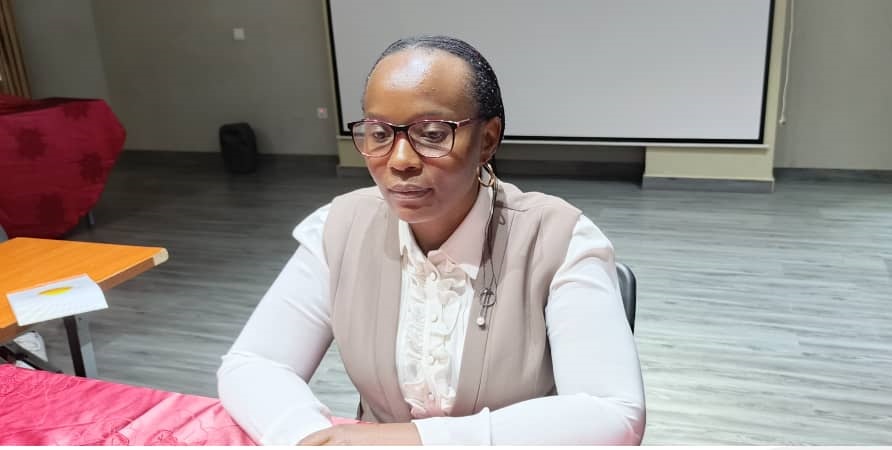


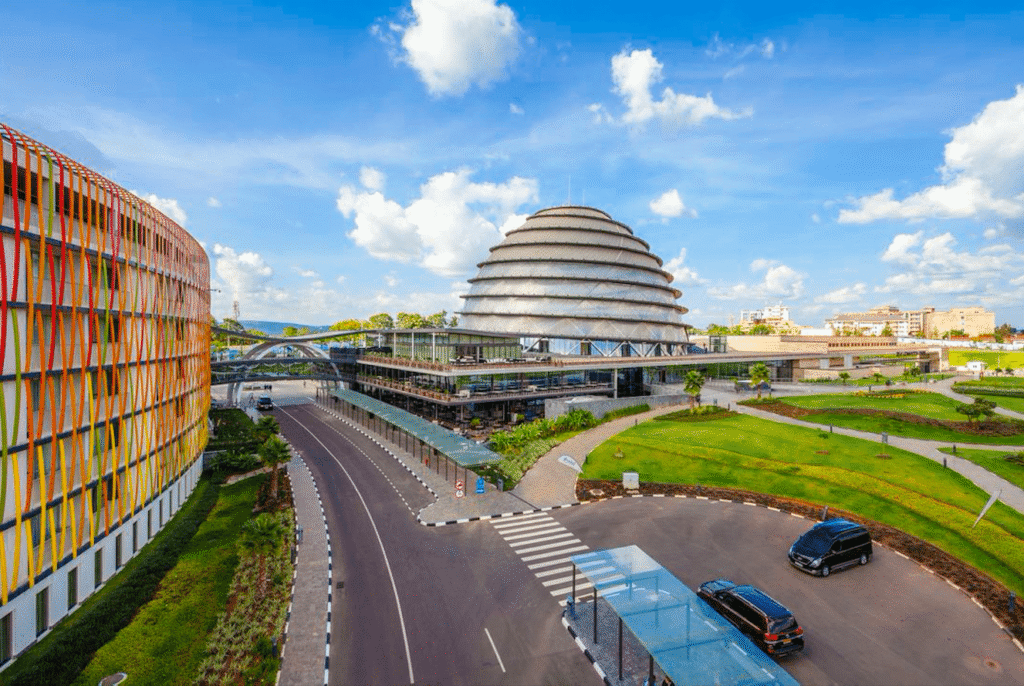
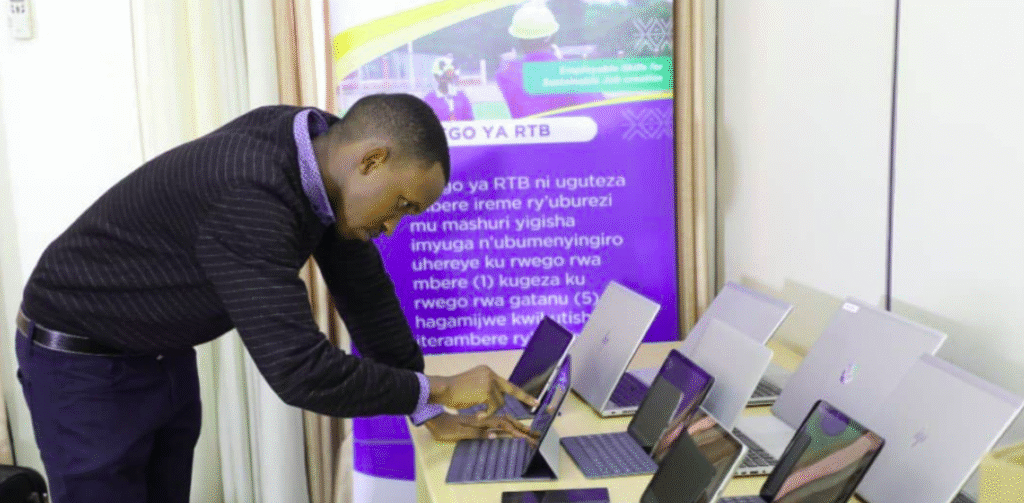

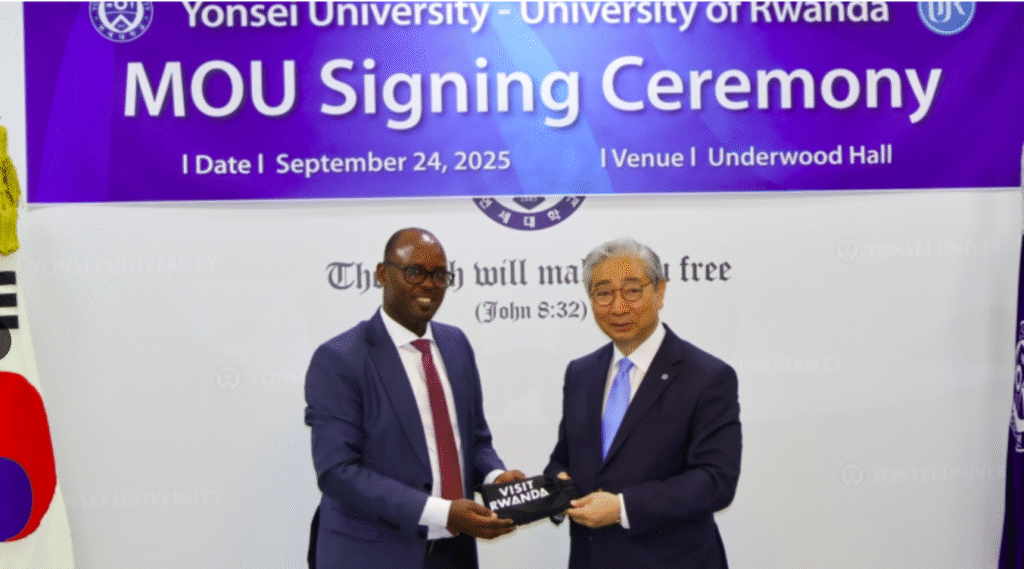

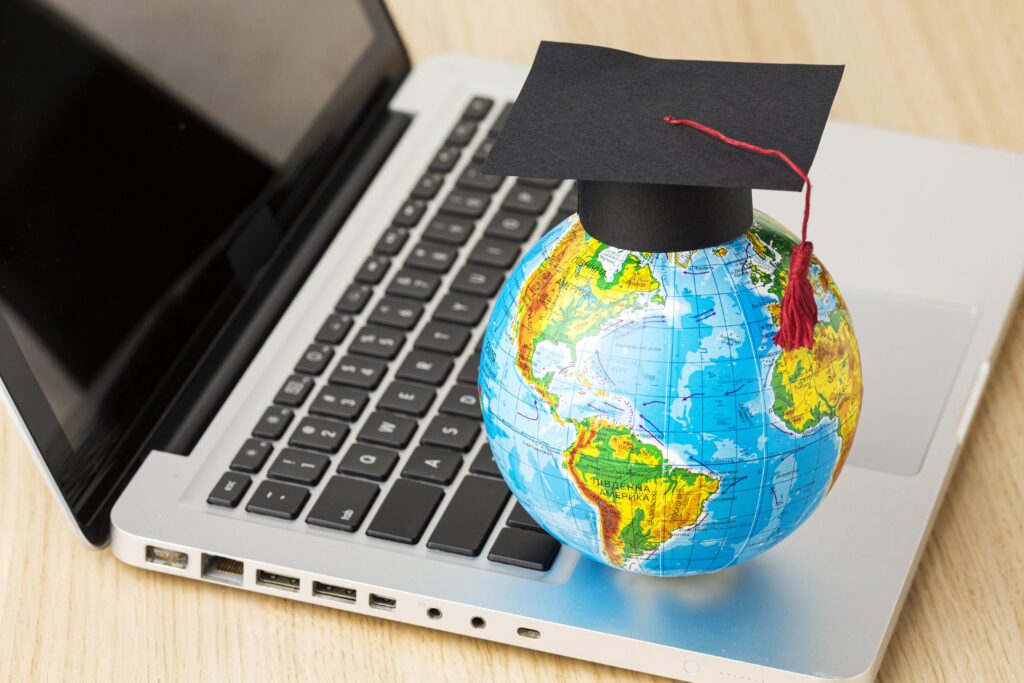
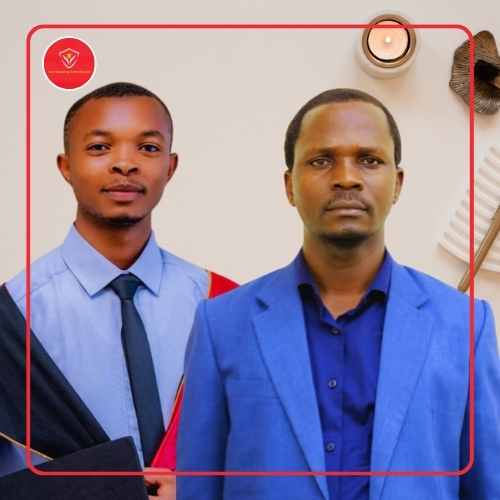

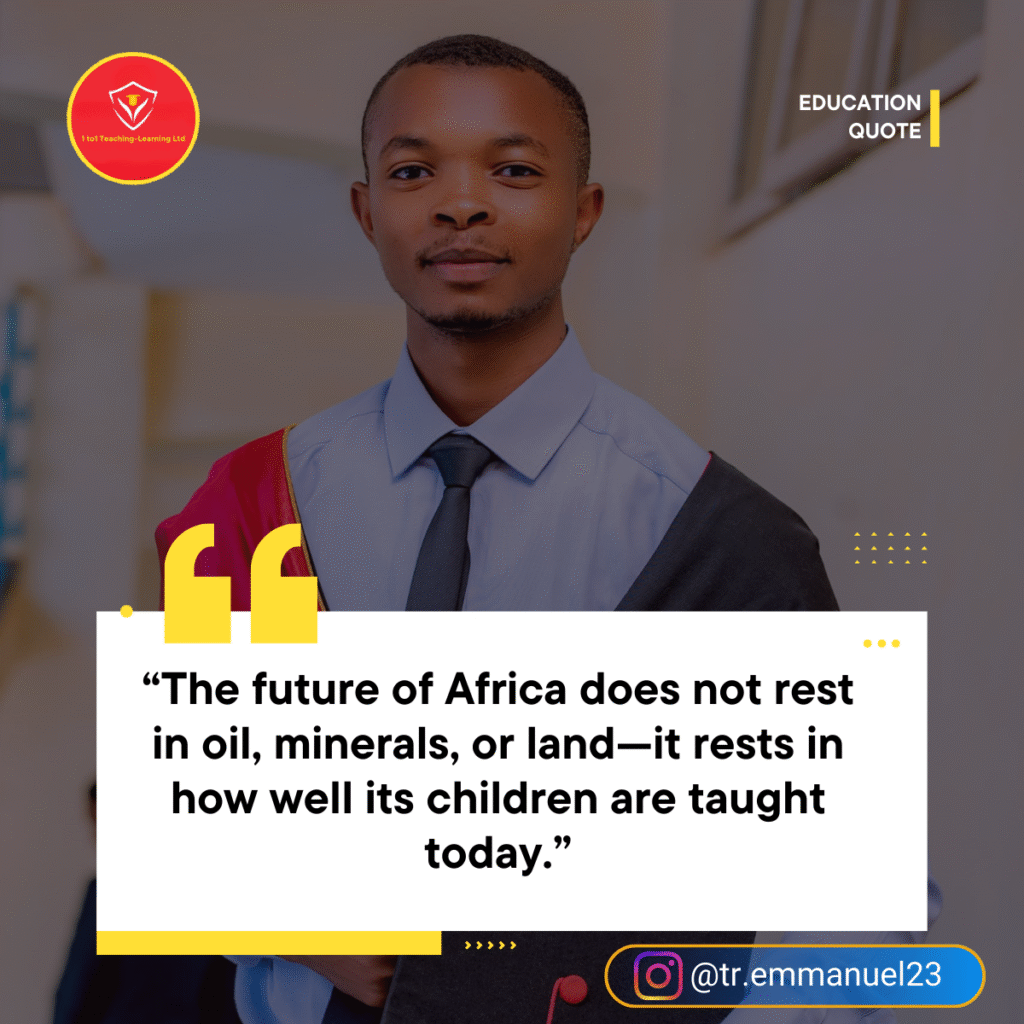
Leave a Reply